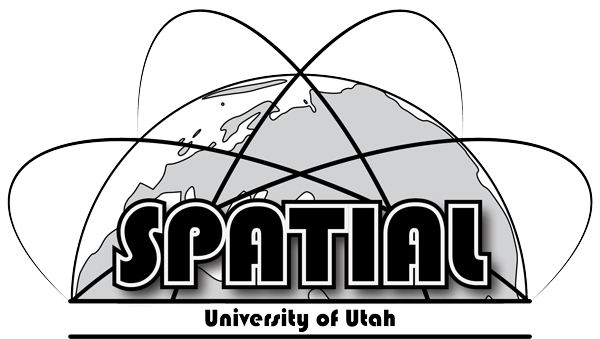

Spatio-Temporal Isotope Analytics Lab
The SPATIAL group combines stable isotope techniques with field and laboratory data, modeling, and statistical/data science tools to tackle big-picture problems in the Earth and environmental sciences.
Our team embraces diversity of backgrounds, identities, perspectives, and disciplines to forge new approaches to long-standing natural and applied science problems and identify new challenges to be solved. We are always looking for curious problem solvers who want to collaborate in this work.
Our research is currently structured around four main themes
Paleoclimate
Hydrology
Forensics and Movement Ecology
Informatics and Data Science
Recent Highlights
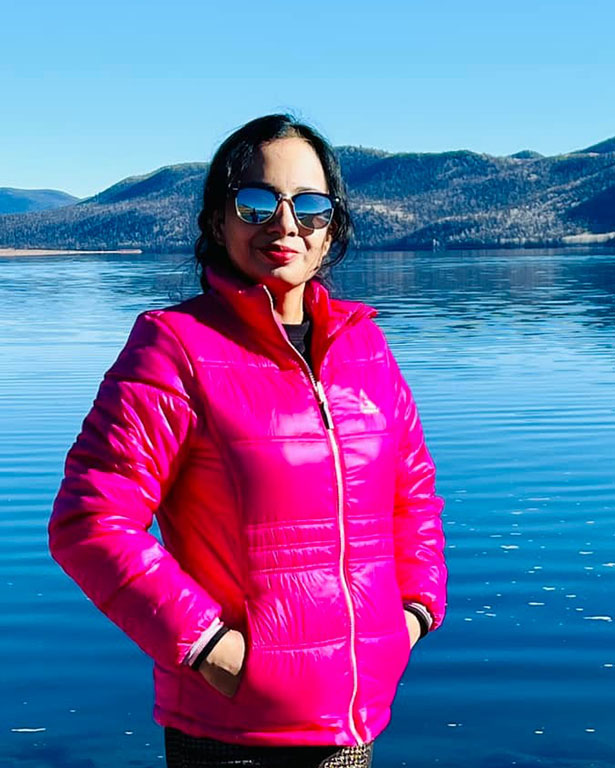
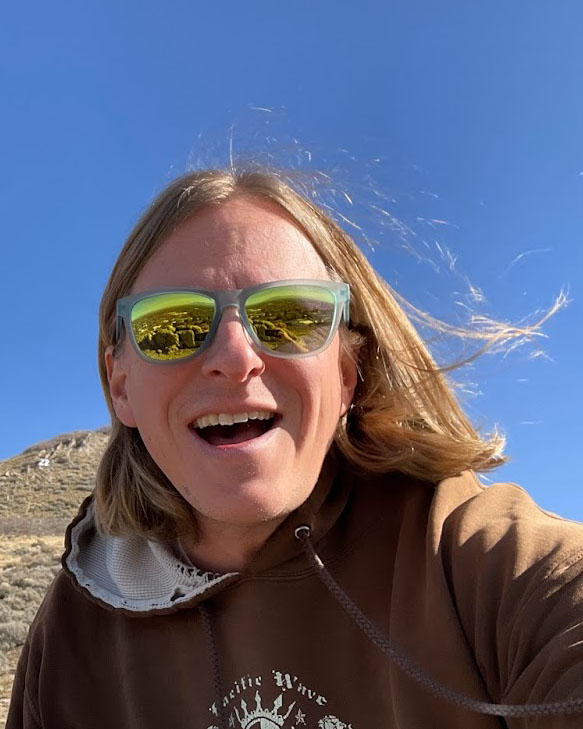
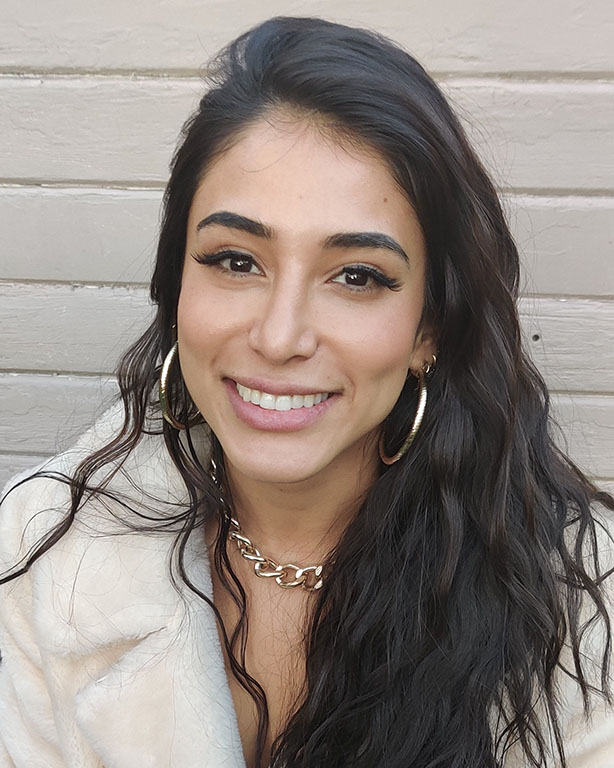


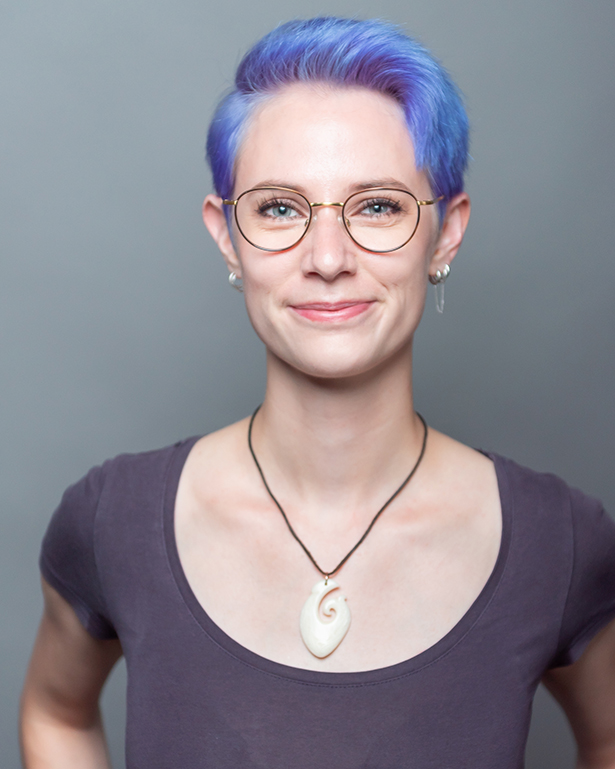
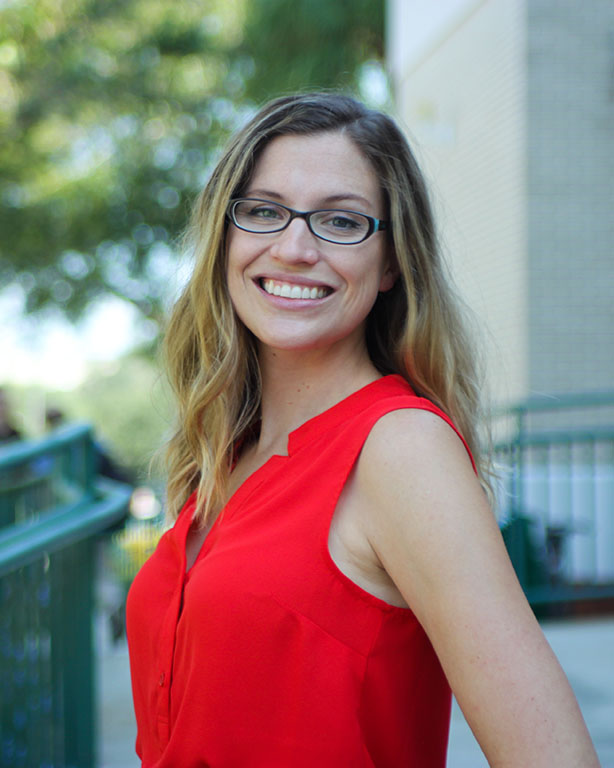





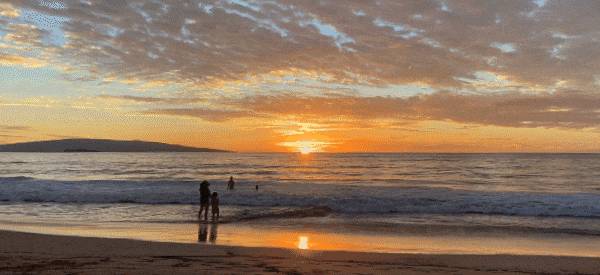
The SPATIAL group is collaborating with U.S. government agencies to develop new isotope-based approaches supporting the identification and repatriation of remains of service members lost overseas. Click the flag and visit the FIND-EM website to learn more about the project and how you can help.
Geological evidence strongly suggests that major changes in atmospheric CO2 concentrations have occurred throughout Earth's history, but quantitatively reconstructing these changes is a major challenge. Click the logo to learn about our community-engaged project to transform paleo-CO2 reconstruction, or watch some videos introducing the effort.
Sharing data makes science easier, better, and more valuable. For researchers using stable isotope data, the near-universal need to interpret new measurements in the context of existing ones amplifies the importance of archiving and sharing high-quality data. Click the logo to visit the global Waterisotopes Database, or check out the multi-disciplinary IsoBank project.
About 70% of continental precipitation returns to the atmosphere as evapotranspiration, but the physical and ecological controls on this flux are poorly understood. Click the figure to learn how we are using data from the National Ecological Observatory Network to quantify evapotranspiration processes, or read a related study led by our partners at Oregon State University.